Search Definitions
Browse Content (p. 58)
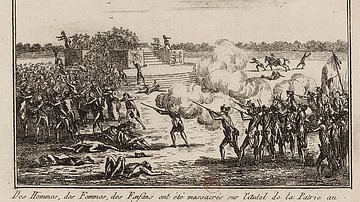
Definition
Champ de Mars Massacre
The Champ de Mars Massacre was an incident that took place on 17 July 1791, when soldiers of the National Guard under the Marquis de Lafayette opened fire on a crowd of demonstrators, who were calling for a referendum on the king's abdication...

Definition
Emmanuel-Joseph Sieyès
Emmanuel-Joseph Sieyès (1748-1836), commonly known as Abbé Sieyès, was a French clergyman and political writer, who became a leading voice in the Third Estate during the French Revolution (1789-99). Sieyès played instrumental roles in both...
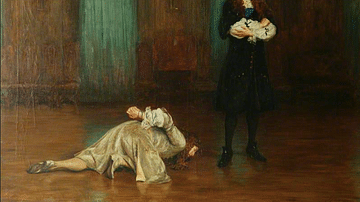
Definition
Monmouth Rebellion
The Monmouth Rebellion of June-July 1685 involved James Scott, Duke of Monmouth (1649-1685), illegitimate son of Charles II of England (r. 1660-1685), attempting to take the throne of his uncle James II of England (r. 1685-1688). Monmouth's...
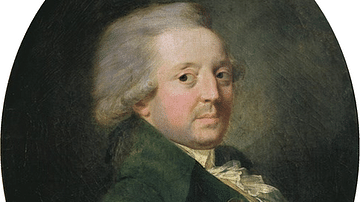
Definition
Marquis de Condorcet
Marie Jean Antoine Nicolas de Caritat, Marquis de Condorcet (1743-1794), also known as Nicolas de Condorcet, was a French philosopher, political theorist, and mathematician. His ideas, encompassing a wide range of topics from education to...
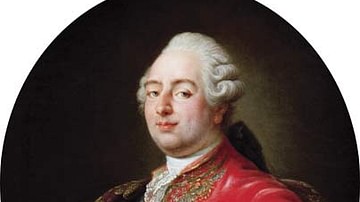
Definition
Louis XVI of France
Louis XVI (l. 1754-1793) was the last king of France (r. 1774-1792) before the monarchy was abolished during the French Revolution (1789-99). An indecisive king, his attempts to navigate France through the crises of the 1780s failed, leading...

Definition
James II of England
James II of England (r. 1685-1688) reigned briefly as the king of England, Scotland, and Ireland until he was deposed by the Glorious Revolution of November 1688. James, also known as James VII of Scotland, was the fourth Stuart monarch...
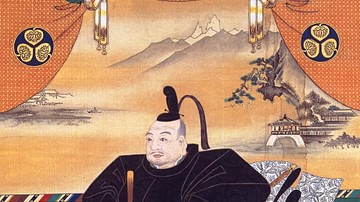
Definition
Tokugawa Ieyasu
Tokugawa Ieyasu (1543-1616) was a Japanese military leader who reunified Japan at the beginning of the 17th century after a long period of civil war, known as the Warring States or Sengoku period. He created a new government controlled by...
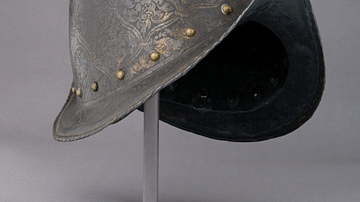
Definition
Conquistador
The conquistadors, meaning "conquerors", were Iberian military adventurers who operated as the vanguard of empires in the 15th and 16th centuries by exploring areas of the world unknown to Europeans, defeating indigenous armies, and then...

Definition
Nasta 'liq
Nasta 'liq is one of the styles of Islamic calligraphy that was developed on Persian grounds by Persian calligraphers. The art of calligraphy has always held a prominent position in Persia, and its usage extends beyond the limits of the pages...
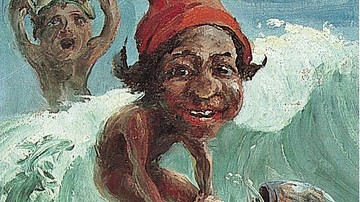
Definition
Menehune
Menehune is the term applied to short-statured, forest-dwelling creatures of Hawaiian mythology and is part of a common mythology throughout Polynesia that describes secretive, supernatural beings with human-like attributes. Mysterious supernatural...